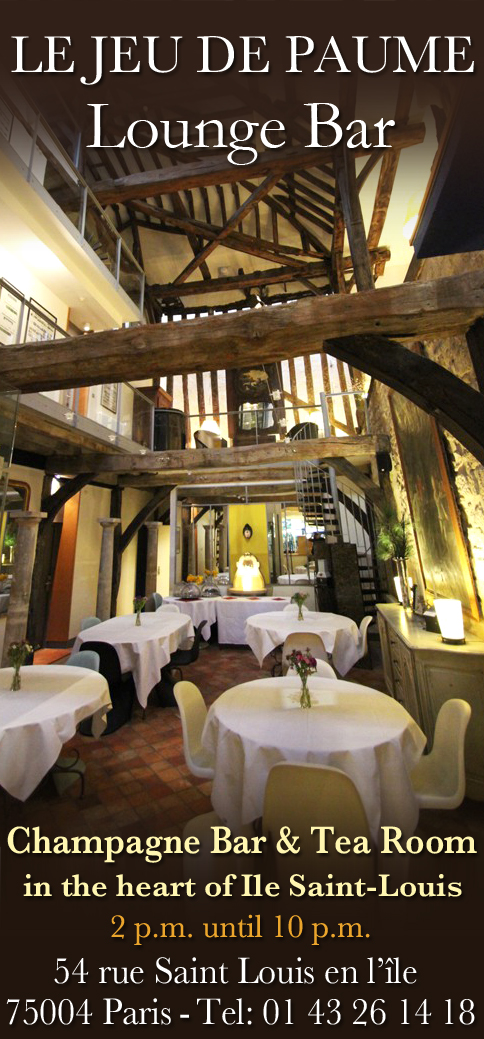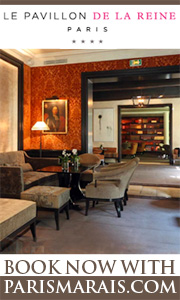
Victor Hugo's House in Le Marais
Maison de Victor Hugo, Place des Vosges, Paris, France 01 42 72 10 16 Métro: Bastille, Saint-Paul ou Chemin-VertBus: 20, 29, 69, 76, 96 Open Tuesdays to Sundays between 10 am and 6 pm, last admissions at 5:40 pm > Website .
The hotel of Rohan-Guéménée was constructed on the site of the Park of Tournelles, by Isaac Arnauld, the King's counsellor and administrator of Finances, who was granted the lot in 1605. In 1639, the residence became the property of Louis de Rohan, prince of Guéménée, and it stayed in the family until 1784. Put up for sale, the hotel was purchased by Jacques Desmary, then in 1797 by the family Péan de Saint-Gilles, and it finally was donated by its descendants in 1873 to the City of Paris and transformed into a primary school.
In 1832, during the rehearsals of his play Le Roi s’amuse, Victor Hugo settled himself at the Place Royale ( now Place des Vosges ), which soon became a popular meeting place where his friends, such as Charles Nodier and Théophile Gautier, would make regular visits. On July 12th, 1832, the lease for the rental of the apartment was signed. The specified contract, starting January 1st 1833, stated, a second floor apartment situated at the Place Royale n°6; the apartment consists of an antechamber, dining room, and drawing room, with a kitchen overlooking the courtyard, several rooms in a wing that can be reached by a corridor with an exit, a small staircase, woodshed, three servants rooms, and a cellar.
The tour of the apartment, which has a surface area of 280m², portrays the three different stages of Hugo’s life, Before the Exile, During the Exile, and After the Exile. The antechamber evokes the childhood and youth of the poet, his marriage with Adèle Foucher, and the birth of their children. The Red drawing room restores most clearly the period during which the family lived at the Place Royale. Here in the apartment, Hugo welcomed many of his friends, while receiving social and literary fame as leader of the Romantic Movement.
The Chinese drawing room and the dining room with its medieval inspiration evoke the period of his exile, as they were conceived by Hugo for the house of Juliette Drouet, his mistress, in Guernsey. These rooms both reveal the poets’ talents as an interior decorator, while echoing the decor of Hauteville House. After the dining room, a small room, which used to be the office of Hugo, exhibits photographs of the Jersey studio (1852-1855), taken at the beginning of the exile by Charles Hugo and Auguste Vacquerie.
The rooms that represent Hugo’s return from exile, in 1870, portray the celebrated poet of the 3rd Republic, who settled at Rue de Clichy, and then in 1878 at Avenue d’Eylau, which in 1881 was renamed Avenue Victor Hugo. The final room of the apartment, a donation by his grandchildren, Georges and Jeanne, is an accurate reconstruction of the bedroom in which Victor Hugo died on May 22nd, 1885.
When Victor Hugo moved into the apartment with his wife Adèle and their four children, he was thirty years old and had already lived through the famous “bataille d’Hernani” and been successful with Notre-Dame de Paris (1831). Here in the apartment was where he wrote Marie Tudor, Ruy Blas, Les Burgraves, Les Chants du Crépuscule, Les voix intérieures, Les Rayons et les Ombres. He also wrote a large part of Les Misérables and the beginnings of La Légende des siècles and Les Contemplations.
The Maison de Victor Hugo receives more than 120,000 visitors each year. Over the past three years, the attendance of visitors has been at a constant increase, despite the periods of closure during which the museum made necessary changes. The renovation included the addition of a welcoming space for large group visits and an elevator that enables access to the rooms for handicapped visitors. The first floor, in particular, with a layout similar to the apartment, went through some important transformations: after staging several exhibitions, the space was significantly enlarged in order to accommodate both fund raising events and temporary exhibitions.
Many Thanks to Constance Allard and Marion Legay for their contribution.
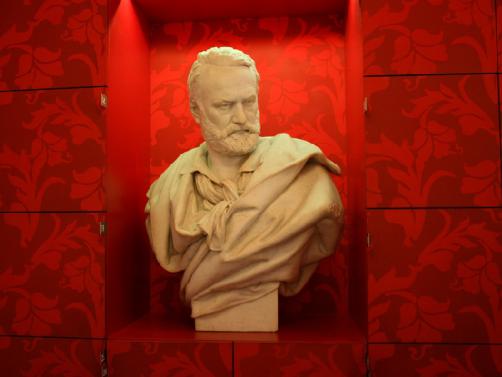
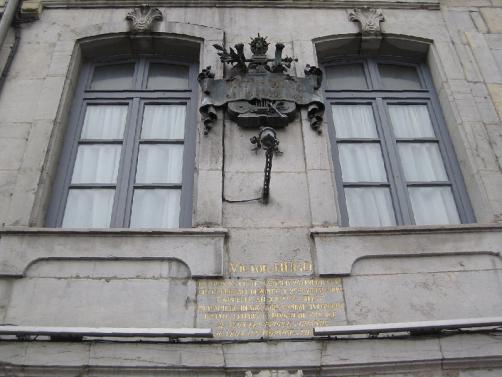
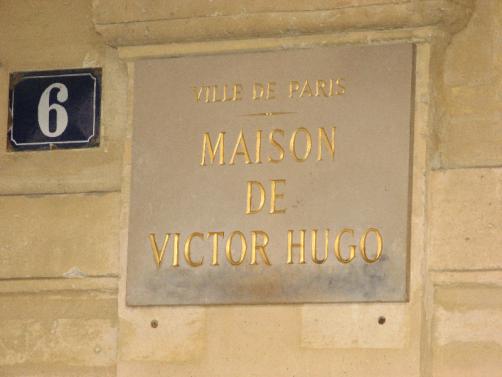
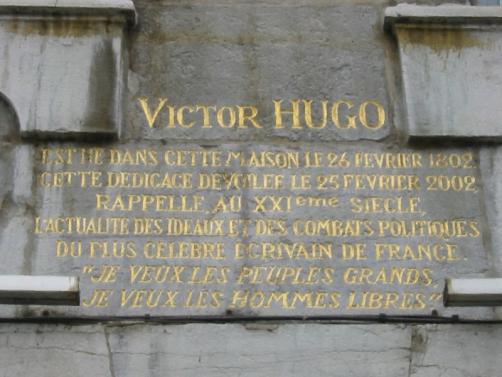
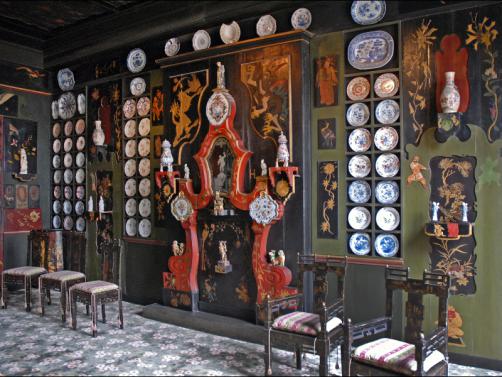
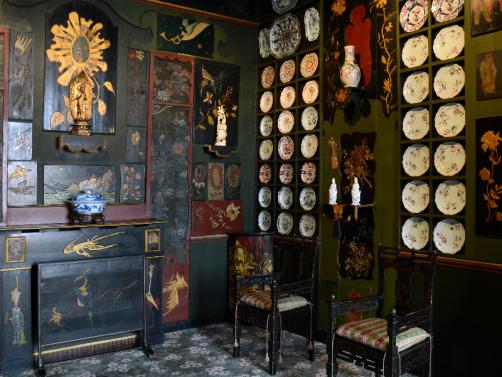
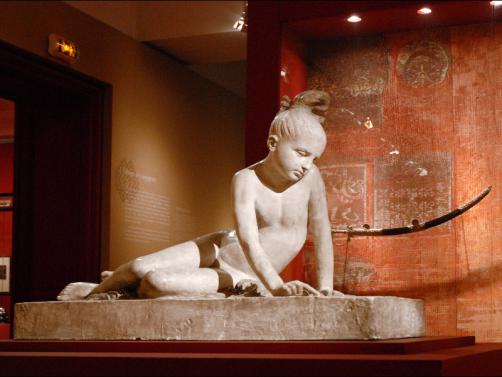
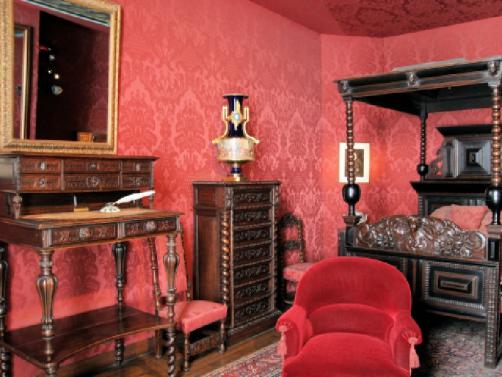
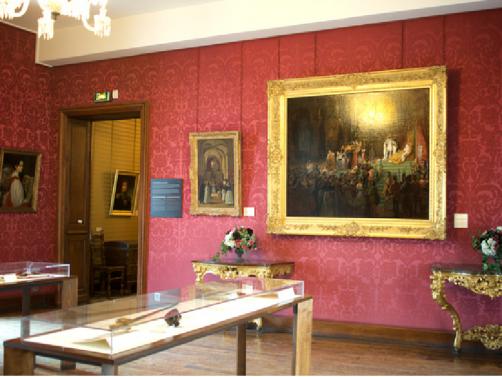
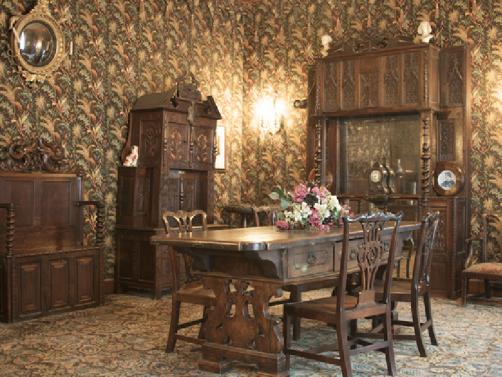
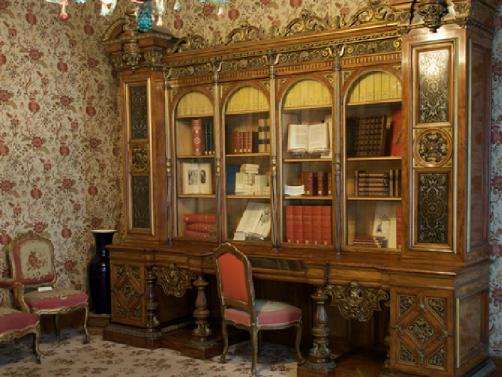
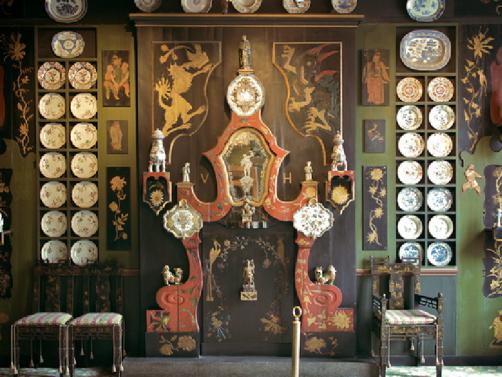
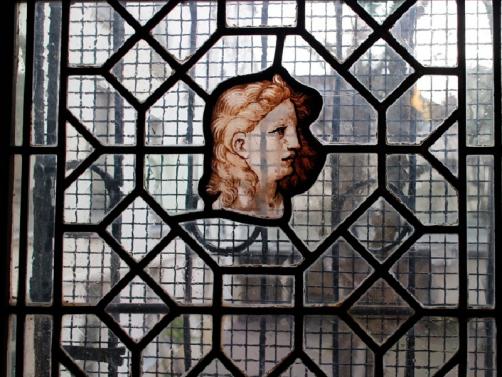
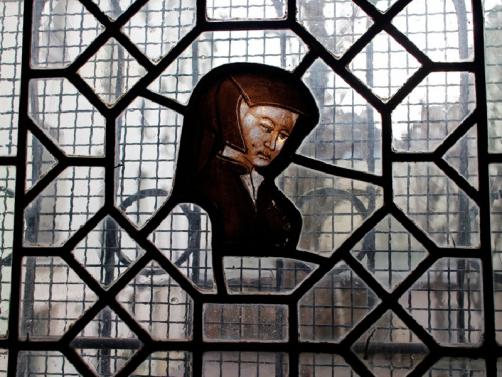
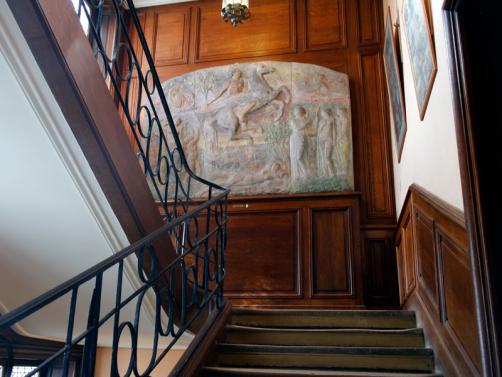
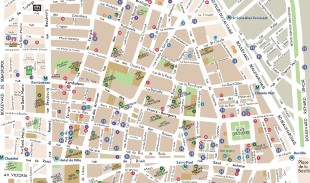
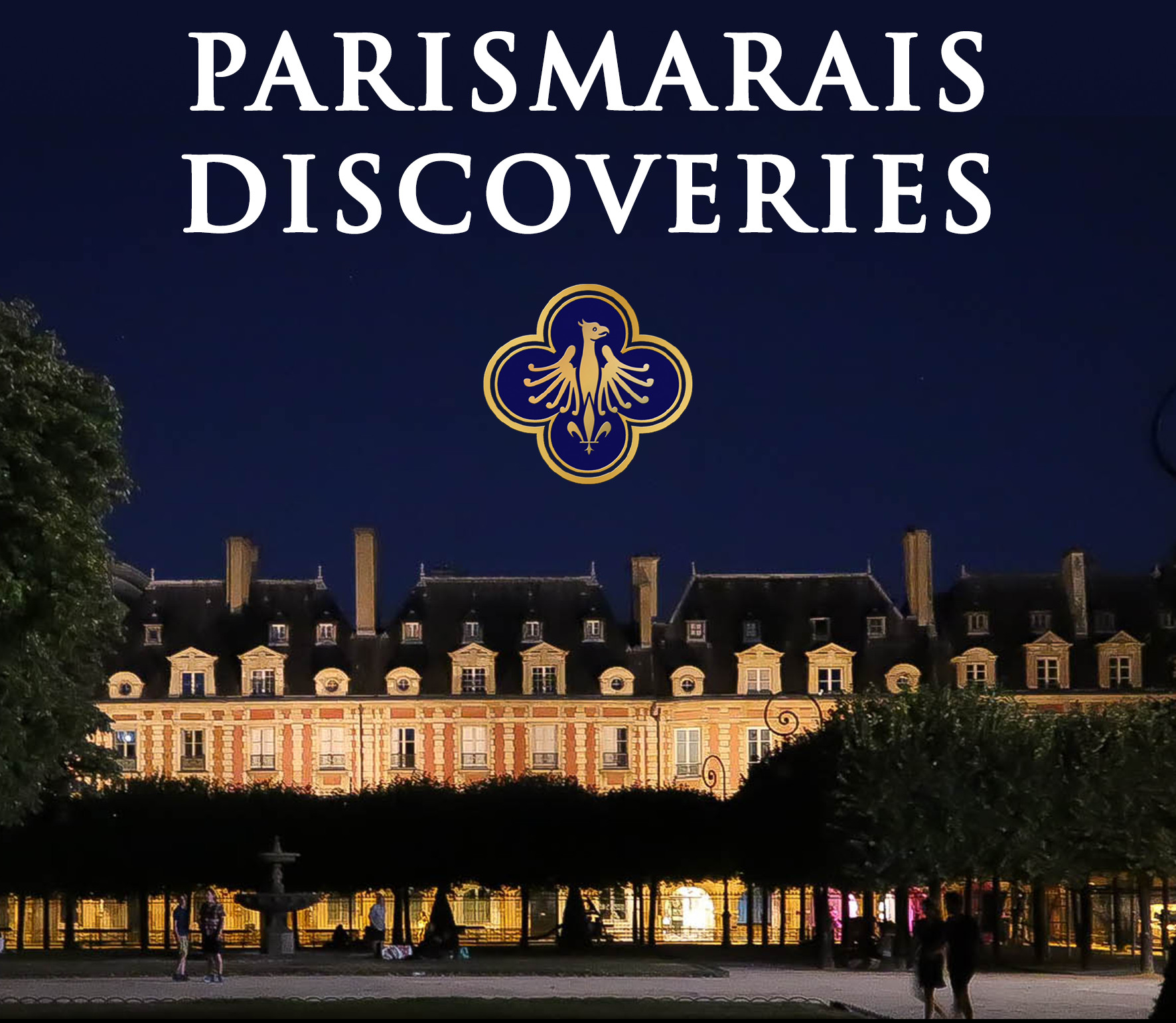
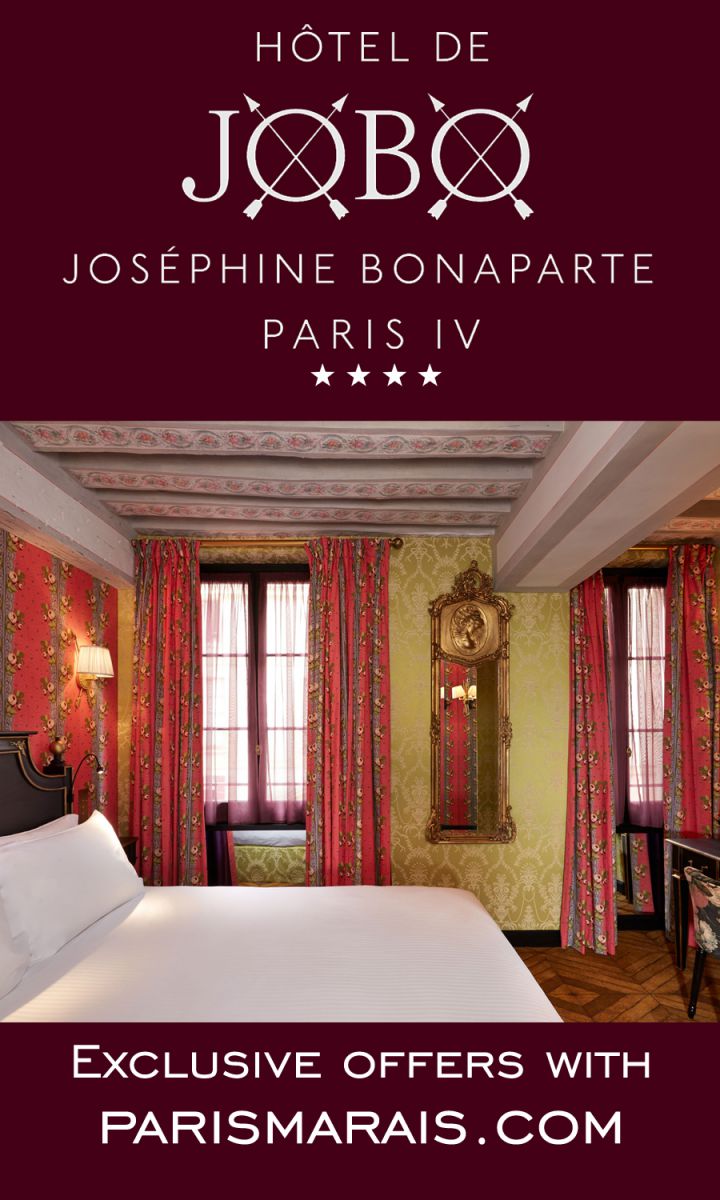
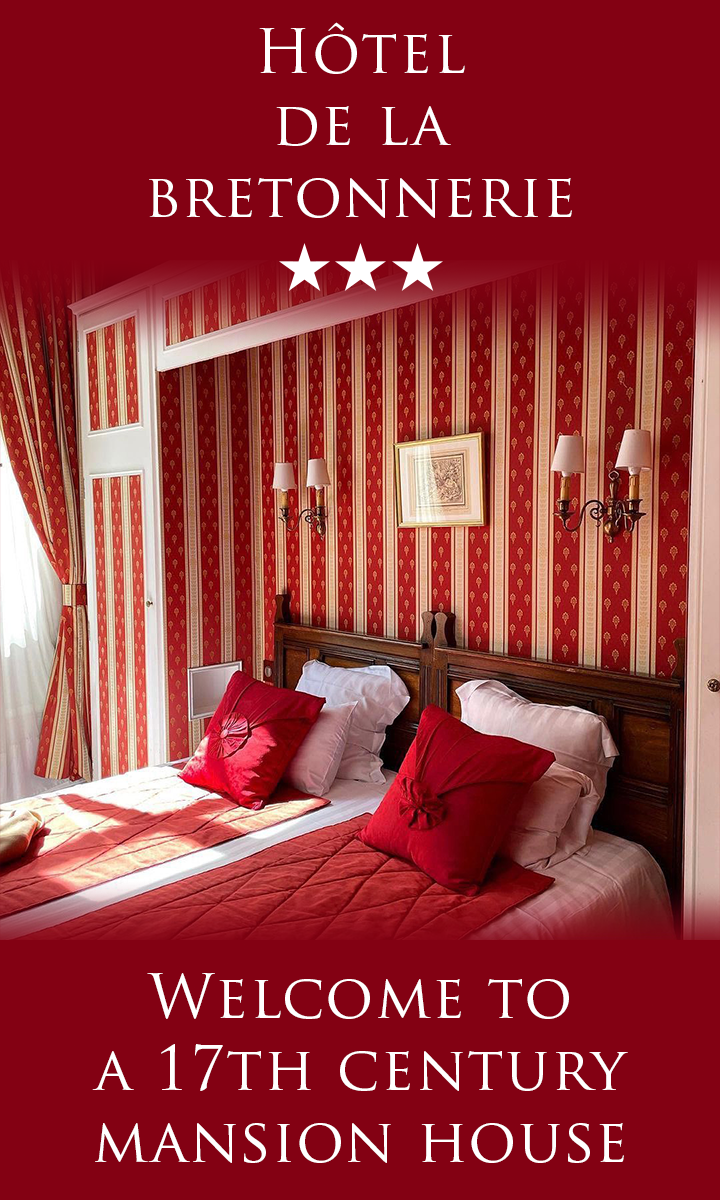
.jpg)
